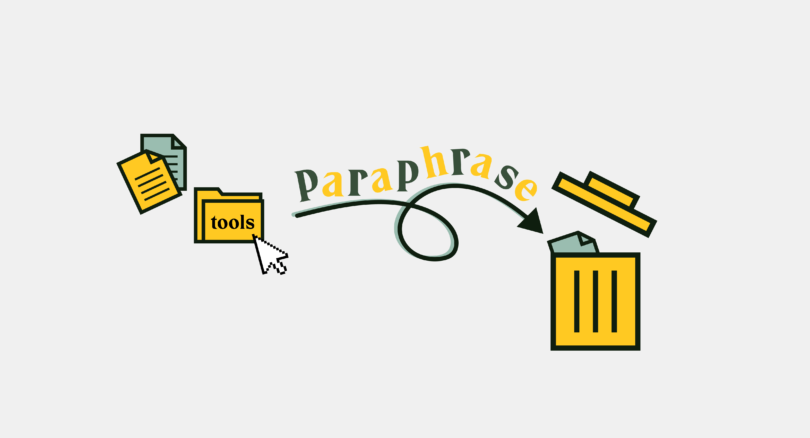Paraphrasing refers to rewording a text or speech in your own words while keeping the original meaning intact. It is often used to clarify a message, simplify a complex text, avoid plagiarism, or convey a message in different styles or tones. This practice helps to change the focus of a text or make it more suitable for various audiences.
Undoubtedly, it has become easy to do with the invention of facilities like a paraphrasing tool. However, some guidelines should still be kept in mind while paraphrasing to satisfy the users’ demands and needs.
This blog post will highlight some of the dos and don’ts of paraphrasing to get good results
Table of Contents
Do’s of Paraphrasing
Paraphrasing is a tricky process. Nonetheless, if you keep in mind following rules, you can achieve excellent outcomes with this technique for multiple purposes.
Understand The Original Text Completely
The first rule of paraphrasing is to read the original text thoroughly with great attention to build a proper understanding of what the text stands for and how it is contextualized.
It will ensure that the paraphrased text produced by you conveys the same meaning and ideas as the original. It is so because a proper understanding of the text opens up multiple dimensions for you to say the same concept in different styles with utmost precision and accuracy.
As a result, readers who read the text you generate effectively comprehend the ideas.
Keep The Targeted Audience in Mind
It is another crucial factor you must take care of in paraphrasing. Prior research on your targeted audience will help you understand the intellectual caliber of your audience. As a result, you will understand what kind of language and diction you need to use in your wording to make things simpler for the audience.
On the other hand, if you don’t do so, you may get things pretty wrong. It means that if your targeted audience is ordinary readers, but you paraphrase a text as per the intellectual standing of professional academia, you will fail in impressing the audience as they won’t comprehend what you intended to say.
Therefore, you should conduct thorough research to know your audience before paraphrasing something.
Use Your Own Words to Express the Original Ideas.
Keep The Original Meaning Intact
Cite The Sources If Mandatory
Don’ts of Paraphrasing
below:
a plagiarized version, which can bring serious consequences. So, while paraphrasing
something, relying upon changing a few words won’t help the cause, as it will be
considered plagiarism.
Rather than that, you must try to swap as many words as you can to get the best result.
Alteration in The Original Meaning
Alteration in The Original Meaning
When paraphrasing a text, ensure that the original meaning is not lost in your version, as it would fail to make sense to the readers. As a result, you won’t be able to get the desired outcomes for your efforts. Thus, your hard work will go down the drain.
Conclusion
Conclusion






